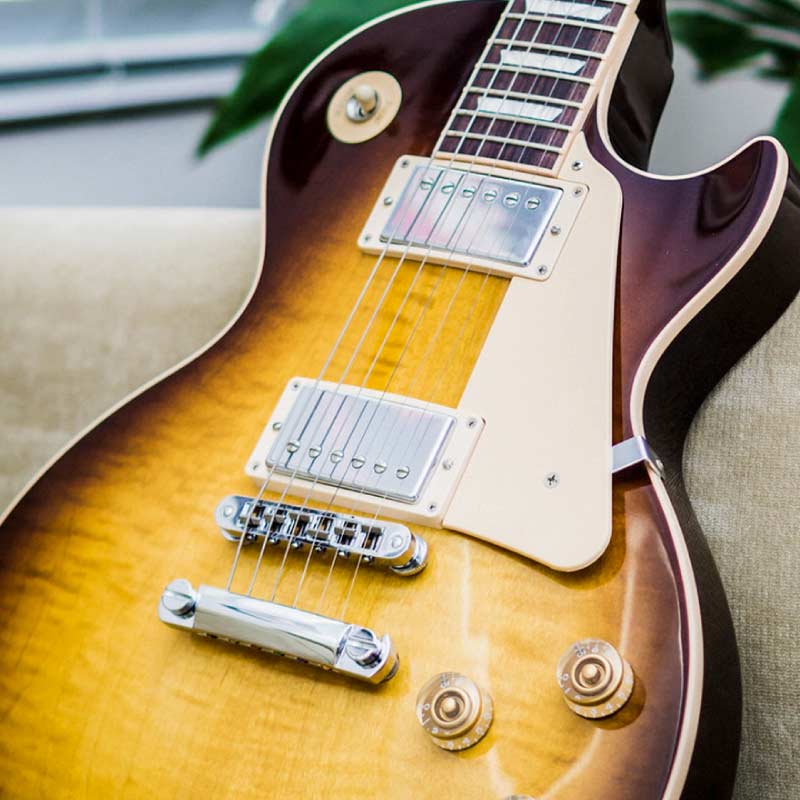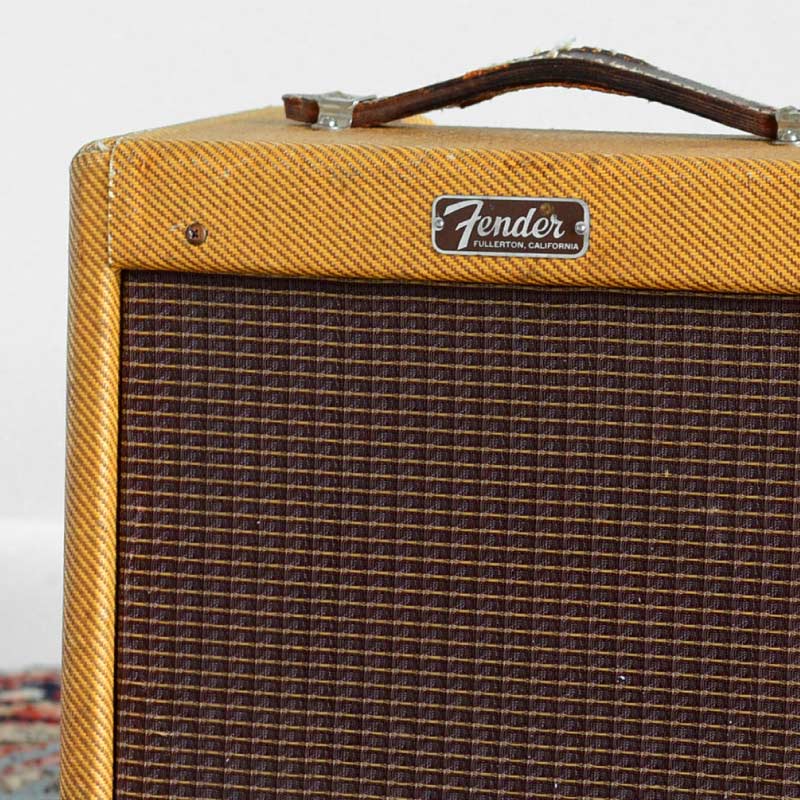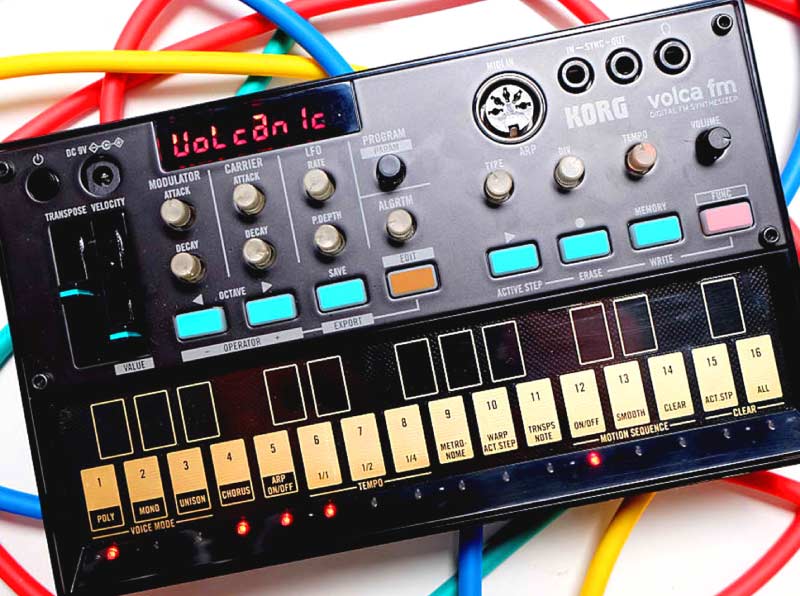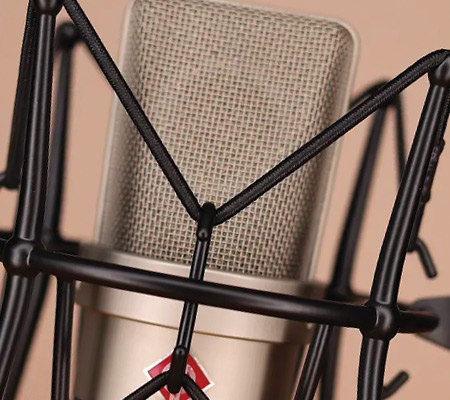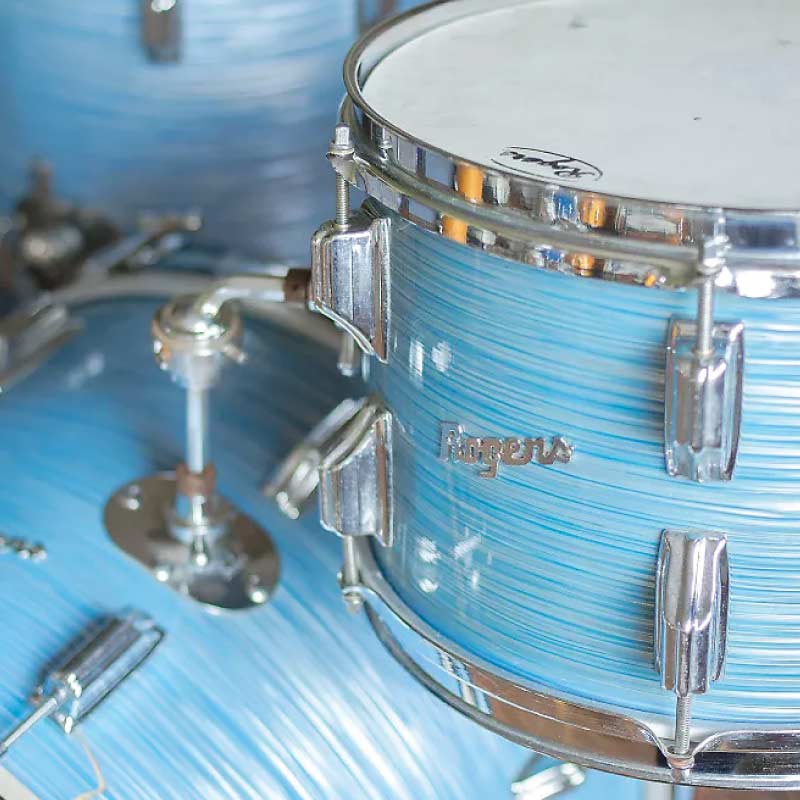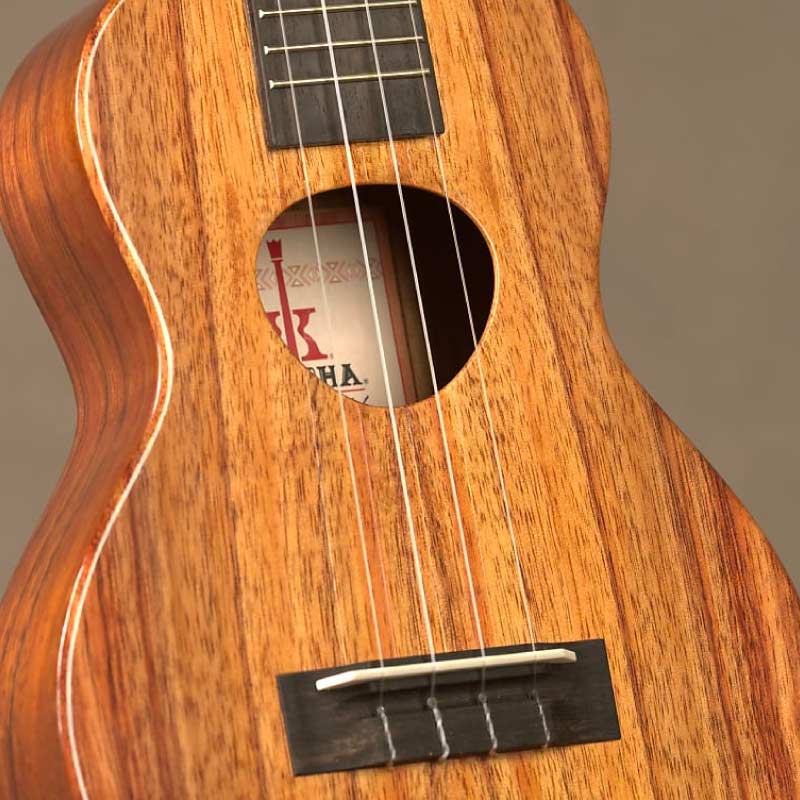Brian Setzer is one of the few guitarists in the world that is equally respected by punks, shredders, and jazz cats. His virtuosic, yet always-musical playing style incorporates everything from jump blues, to swing and bebop, to country and rockabilly, and his punk rock cred extends back to ‘70s New York, CBGB's and Max's Kansas City, as well as a long-running friendship with the dearly departed patron saint of punk, Joe Strummer. He rocks hard, can play anything, and his solos always make a song better. These qualities have endeared him to several generations of rockers, and his status as a cultural icon and world-class musician continues to grow.
In addition to all these things, Setzer is also known among six-stringers as one of the mightiest living titans of guitar tone. He has cultivated, and ultimately perfected, the rockabilly guitar sound pioneered by early progenitors like Cliff Gallup and Scotty Moore. Though this sound can be complex and multi-hued, its recipe is constructed of just a few basic, carefully chosen ingredients, the specifics of which Setzer has arrived at through decades of trial and error with The Stray Cats, The Brian Setzer Orchestra, and his many solo outings. Naturally, playing and technique are a huge part of the equation, but you'll have to woodshed that part on your own. For our purposes, we will focus on the basic structural components of Mr. Setzer's badass rockabilly sound, and how those who wish to achieve a similar tone might be able to approximate it on their own.
The guitars
Brian Setzer and Gretsch guitars go together like chocolate and peanut butter, The Captain and Tenille, sharks and remoras. The symbiotic relationship Setzer has with the Gretsch 6120 model began when he acquired his first one at 17, after answering an ad in the paper that said, "Gretsch guitar, orange, 100 dollars." Since that time his relationship with these unique American instruments, as well as with the company that makes them, has proven very lucrative both artistically and financially. In fact, it was the success of the Stray Cats in the '80s that caused the value of vintage Gretsch guitars to skyrocket, which in turn put the company back in business building reissues. In 1990, Setzer became the first guitarist since Chet Atkins to have a signature model Gretsch, and currently the company has upwards of a half-dozen Setzer signature guitars in its product line, including a custom shop model that replicates the man's original 1959 6120 in glorious detail, down to the stickers on the body and headstock, and the distinctive wear patterns in the finish.
The Gretsch 6120 is, in many ways, the instrument that defines the Gretsch legacy and most fully embodies the Gretsch sound. Released in 1955, the 6120 was developed with and endorsed by Chet Atkins, and went on to be a favorite guitar of Duane Eddy, Eddie Cochran, Pete Townshend, and other rock-and-roll, rockabilly, country and western, and crossover artists. Its voluptuous hollow body is married to a pair of Filter’tron humbucking pickups, a combination that can produce rich, bell-like cleans, fat overdriven chords, and an abundance of mid-range growl and bite. In short, it's an ideal combination for a player like Setzer, who switches rapidly from clean fingerpicked twang, mean rock rhythms, and shit-hot, saturated solos. The 6120's Bigsby tremolo also plays a crucial role in this tonal formula, both for the extra weight it adds to the sound of the guitar, and for its use as an effect.
One of the most important elements of the Gretsch sound championed by Setzer and others is the pickups. The Gretsch 6120 was originally released with DeArmond pickups, which, according to legend, were hated by Chet Atkins, but loved by Duane Eddy. By 1958, however, Gretsch had replaced the DeArmonds with its own design, the now-iconic Filter’tron humbuckers. These pickups have a near ideal combination of warmth and bark, exhibiting some of the fatness and sustain we associate with Gibson-style humbuckers, while also having the bell-like chime and snarl we associate with single-coils. These days, Setzer outfits his guitars (even the vintage ones) with precisely recreated Filter’Tron replicas from the TV Jones company. TV Jones was launched in 1993, when Thomas V. Jones, a California luthier who had done quite a bit of work on Setzer's growing vintage guitar collection, built a set of vintage-spec pickups for Setzer's forthcoming Gretsch signature model. At the time, Gretsch was using poor-quality parts and ceramic magnets which resulted in pickups that sounded nothing like the original 6120 Filter’Trons. The TV Jones TV Classics nailed the vintage sound, and Setzer has remained faithful to them ever since.
The amps
For many years, Brian Setzer's amp of choice has been the 1963 Fender Bassman Amp, one of the famous blonde Tolex "brownface" models. Why this specific Bassman? Well, this particular incarnation has a somewhat different circuit than other versions, referred to as a 6G6-B. Bassman amps from years prior to, and following, 1963 had different versions of the circuit that, at least to Mr. Setzer's finely tuned ears, do not sound or respond the same. He has stated in interviews that he prefers them mostly because they have a solid-state rectifier, which tightens up the bass response. Earlier tube-rectified models can be too soft and squishy in the bottom end, especially when operated at stage volume. Setzer's amps are stock and unmodified. He often purchases them in various states of modification and disrepair, and sometimes goes to great lengths to get them back to original condition. They are reportedly outfitted with NOS power tubes as well, either Tung Sol 5881's or mil-spec Phillips 6L6WGB's.
Setzer's amp rig usually consists of the Bassman head atop a blonde, closed-back, 2x12 cabinet. He has stated that he has the cabinets rewired with heavier-gauge wire than they were equipped with originally, for tone and reliability reasons. He also removes the original speakers and replaces them with Celestion Vintage 30's, and unusual choice for a vintage Fender amp, but one which contributes significantly to the uniqueness of his tone. He feels the Vintage 30's are a better match for the Bassman's power, and they give him a much more consistent sound overall, which is important when one plays in as many different venues and musical situations as Setzer does in any given year.
The effects
Brian Setzer is not an effects guy by any means, but the few effects he does use are integral components of his tone, and have been very carefully selected to work in his rig. The main tonal blandishment he is know for is tape echo, courtesy of the Roland RE-301 Space Echo. This classic tape delay is a workhorse, and tends to be more rugged and reliable than similar vintage tape delay units from Maestro, WEM, and other companies. Several incarnations of the Space Echo were made, but the reason Setzer loves the RE-301 model mostly comes down to the preamplifier circuit. The RE-301 uses an op-amp in the pre, while earlier models used discrete components. The sonic result of this circuitry is a tone that's noticeably thicker, with a more pronounced mid-high-end snarl. The influence this has on the Gretsch and Fender tone combo should not be underestimated.
Other, slightly less crucial components of the Setzer sound include an early-‘60s Fender tube reverb unit that he uses occasionally, and a really, really long guitar cable. When I say "really, really long," I mean about 60 feet long. If you have any experience with long guitar cables, you probably know that a cable of this length will have a significant impact on the guitar tone, rolling off a lot of treble. Apparently, this is how Setzer likes it, and he also appreciates the freedom of movement that goes along with a crazy-long cable.
Brian Setzer tone at home
Setzer's rig is pretty simple by today's standards, but unfortunately for the Setzer acolyte trying to replicate this tone at home, it's also expensive. A vintage or reissue Gretsch 6120, a '63 Fender Bassman, and a vintage Roland RE-301 (plus one incredibly long cable) will set one back a scary amount of money, so my recommendation is to seek out alternate solutions that will approximate it for a lot less dough. Affordable, high quality hollowbody guitars—with Filter’Tron style pickups—are relatively easy to come by, and Gretsch itself has the Electromatic series, which features several instruments that fit the bill. Upgrading one of these working man's guitars with TV Jones TV Classic pickups would go a long way towards Setzer tone heaven.
As far as amps go, there are a lot of Fender and Fender-style amps that will get a similar tone to Setzer's '63 brownface for less money, including the more common 4x10 Fender Bassman combo, and even the Fender Deluxe Reverb Reissue. Hook one of these amps up to a 2x12 extension cab with Celestion Vintage 30's and you're even closer to the sonic goal.
For tape echo, the obvious choice (if you don't already own an actual tape delay) is a pedal like the Strymon El Capistan, the Catalinbread Belle Epoch, or another digital delay that accurately mimics vintage tape tones. As far as I know, there is no pedal that fully replicates the complete Roland RE-301 experience, but the Nocturne DynoBrain does replicate the preamplifier circuitry of this machine quite accurately. This pedal is beloved by Setzer tone-chasers, and paired with a good tape echo style delay pedal, it can work magic.
Brian Setzer is a world-class guitarist, possessed of chops and innate musicality that put him in a truly rarified class of musicians. He is also a tone giant, who has inspired hordes of chasers ever since "Stray Cat Strut" blew up MTV. Though many continue to associate him with that golden era, he long ago transcended it, and continues to push forward artistically with a singular style and sound.
